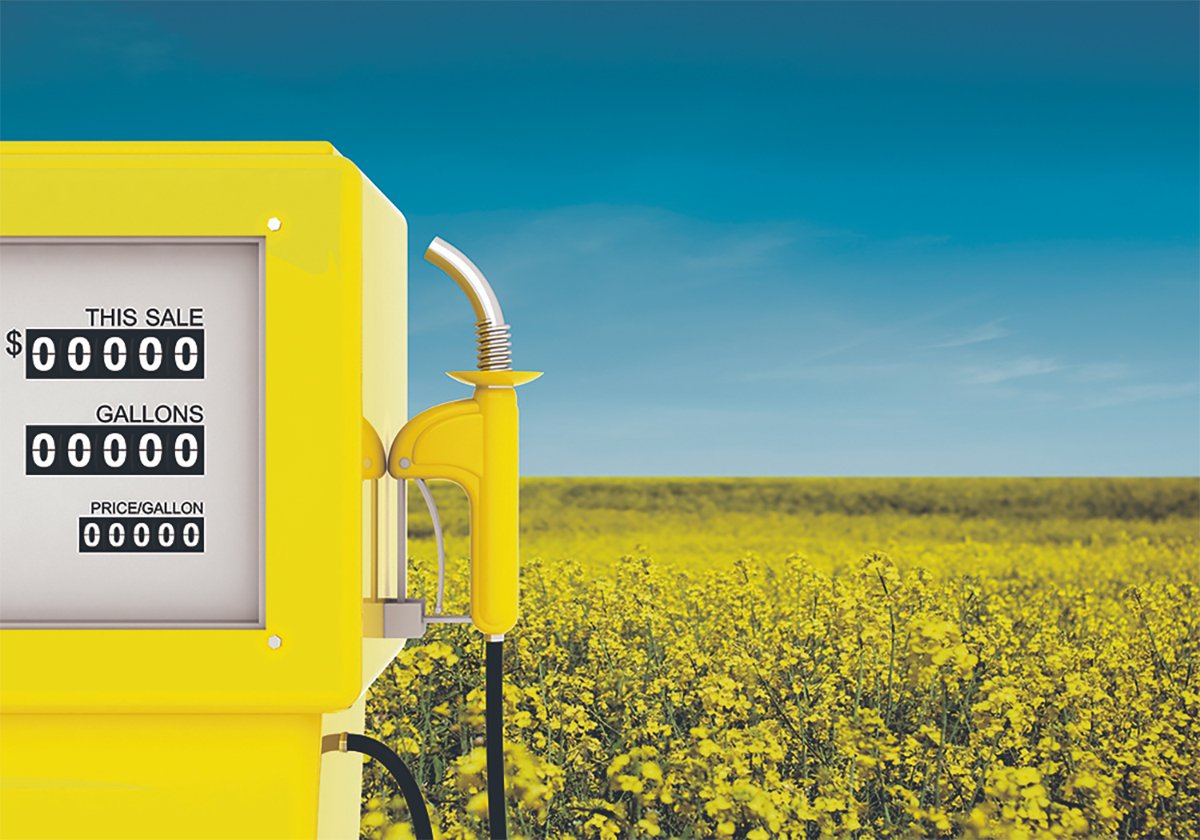The difference between 2006 and 2007 weather for U.S. winter wheat growers could hardly be more marked.
Last year, drought gripped much of the U.S. winter wheat region. This year, most of the area has received 50 to 100 percent more moisture than normal in May.
Frost damaged the crop in early May, but a lot seemed to recover and good potential yields in frost free areas maintained the promise of a much better crop than last year.
The crop had been about two weeks ahead of normal, and harvest in Texas began early.
Read Also

Biofuel sector happy with federal budget
Advanced Biofuels Canada says new Biofuel Production Incentive is a lifeline until CFR amendments are in place.
But recent torrential rains have stopped most work and in some places reduced the quality of the ripe crop. More rain was forecast this week.
The surplus moisture has caused disease problems, particularly rust, farther north in the heart of the wheat belt in Kansas, where the crop is not yet ripe.
Also, Michael Woolverton, an extension economist at Kansas State University, said June 1 that reports are coming in of more frost damage than expected, caused by storm and frost-related stalk and lodging weakness.
He had thought Kansas would produce about 400 million bushels of wheat this year, 100 million more than last year, but now he is not sure.
The U.S. Department of Agriculture’s June 3 crop condition report lowered the Kansas winter wheat rating to 33 percent good to excellent from 37 percent the week before. Nationally, the crop was rated 53 percent good to excellent, down from 57 percent the week before.
The USDA’s next assessment of the size of the winter wheat crop is expected June 11.
Another major global production region, Ukraine, also has problems. Drought is expected to shrink production and keep that country out of the international market again this year. Russia, too, has suffered from dry weather that has affected the wheat crop.
The May 24 International Grains Council market report shaved two million tonnes from its global production forecast to 621 million and lowered its end of year stocks outlook to 115 million tonnes, down from 118 million at the end of 2006-07 and the lowest since 1980-81. There is potential for global production forecasts to be cut again because of problems in the former Soviet Union, the United States, China and elsewhere. These weather issues helped to push wheat futures prices higher last week in a rare harvest season rally.
Rising corn prices also supported wheat.
U.S. corn crop seeding is almost complete and fewer acres were planted than expected, and some were not planted at the ideal time. Also, the eastern corn belt is somewhat dry.
Overall, Woolverton thinks it is unlikely that the national yield average of 154 bu. per acre that USDA forecast early this year will be attained. Indeed, USDA in May already reduced its yield outlook to 150.3 bu. per acre, compared to 149 bu. achieved last year and 148 the year before. A one bu. decline in average yield knocks about 130 million bu. from total production.
With supply and demand in fine balance and tight stocks, the U.S. can ill afford reduced yields.
Yet the corn crop might surprise. The USDA maintained its corn crop rating at 78 percent good to excellent this week for the third week in a row. The rating is seven percentage points better than last year.














